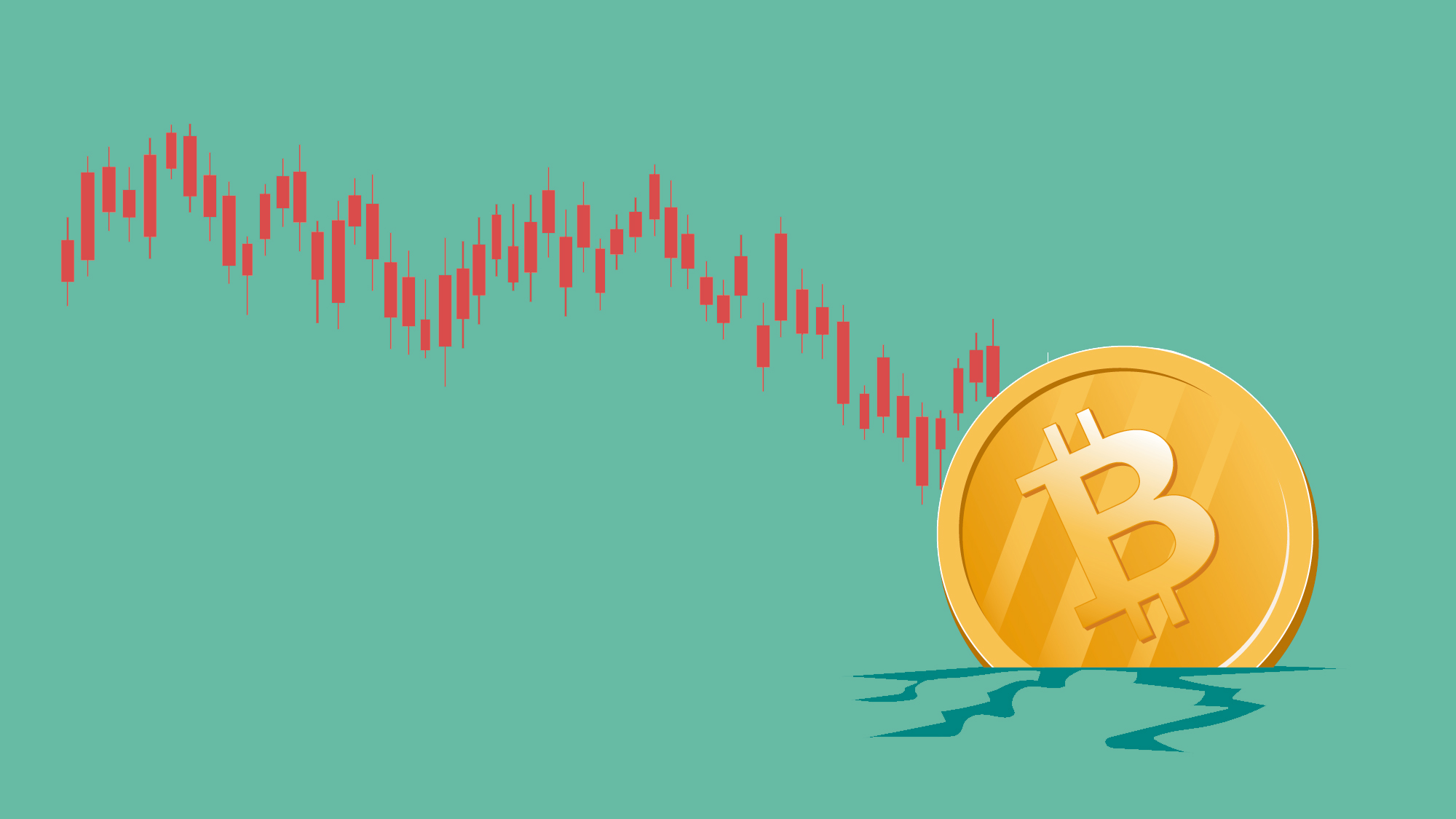Anyone passionate about the world of cryptocurrencies will find themselves freezing in the so-called “cryptowinter” after the recent and dramatic fall in the value of the misnamed digital currencies. Bitcoin – which began trading in 2008 and is the most famous cryptocurrency with the largest trading volume – has plummeted more than 70% from its best days in November 2021, when just one unit cost nearly $70,000. This is actually the third major correction in Bitcoin’s history, alongside those of November 2018 and March 2020.
One of the factors that may have influenced this latest correction is the higher cost of mining bitcoins with blockchain technology, involving high energy consumption that could be causing the “big whales” (the large bitcoin holders) to sell their digital assets since it is not as profitable to produce them. With bitcoin trading at around $20,000, experts point out that the profits from producing them are falling significantly, because this is the average amount that bitcoin costs to produce. In addition, some of these “whales” have had to raise cash in order to enforce guarantees or repay the debt required to produce bitcoins at a higher financial cost due to the increase in interest rates on the financial markets.
However, and perhaps more importantly in this correction, some stakeholders in the ecosystem are beginning to question whether bitcoin and other similar denominations are really cryptoassets or cryptocurrencies. In other words, whether they have a store of value due to the technology behind them and whether they can function as a currency that could be used as legal tender at some point in time.
This is, in fact, one of the key aspects to be taken into account because most holders consider cryptocurrencies as a store of value rather than usable money and, to that point, cryptocurrencies are more successful in countries with central banks that inspire less public trust, such as in Latin America. In fact, 27% of Brazilians, 20% of Argentines, and 18% of Mexicans already own cryptoassets.
Bitcoin is only backed by a few hours of computer mining and a maximum limit on the amount of Bitcoin in existence.
What is undeniable is that those among us who thought that these decentralized finances would be resilient against the inflation suffered by currencies issued by central banks have been, at least so far, proven wrong. These assets represented by the likes of Bitcoin are not only difficult to use in daily life but have also devalued lately against the world’s most commonly used currencies, such as the euro and the dollar. We must remember that the monetary policy and currencies of the world’s leading economies such as China, the United States, and Europe are much more robust than the scarcity of a virtual currency.
The fiat currencies of the major economies are the cornerstones of our public debt, which (although very high) is backed by our Gross Domestic Product. Conversely, bitcoin is only backed by a few hours of computer mining and a maximum limit on the amount of bitcoin in existence. In my opinion, this is frankly not enough.
It is certainly fair to say that the global banking sector is not at its strongest when it comes to guaranteeing its value and balance sheets to depositors. Yet, it is no less true that it is the bedrock of our market and exchange economy and I would go so far as to say that it is even the basis for the smooth functioning of our capital markets. The fact that there is fear of bank solvency and liquidity does not justify attaching value to bitcoin scarcity, as if it were valuable in itself, just because it is also decentralized.
Finally, to increase the salad bowl of issues with these assets, central banks are beginning to stake their claim in this virtual world by issuing their own digital currencies, or CBDCs. The Central Bank of China with its “digital yuan” already offers a digital currency, and the ECB and the US Federal Reserve will probably do the same next year, launching the “digital euro” and the “digital dollar.”
I am often asked about the right or wrong time to invest or disinvest in these types of assets and I always say that I do not know how to value them, since they do not produce anything except confidence among those who believe in them. Conversely, if we examine stocks or bonds, their value depends on cash flows discounted at a risk rate and therefore they depend on the wealth that the asset produces in currency, discounted at the risk of obtaining that wealth.
Perhaps that is why we must ask ourselves – once again – whether cryptoassets are assets or currencies. If they are assets, they should produce money in the discounted future to value them and if they are currencies, they should be usable as liquidity. Both are difficult to explain.
Regulating cryptoassets is another hot topic. The U.S. Securities and Exchange Commission is trying to reach agreements with other international agencies to prevent their operators from taking advantage of the lack of existing regulation governing them. Recently the SEC Chair, Gary Gensler, declared his intention to reach agreements with the commodities futures commission to ensure that the trading of digital tokens is legal and sufficiently transparent, as there are reputable voices in the Commission itself who believe that most digital assets and tokens are more akin to commodities than securities. Gensler has also requested a debate on whether the platforms should be registered as an agency.
The truth is that this world of digital assets and their wild volatilities generates a lot of media hype, and they have become the dream of many investors eager to get rich quick through the purest game of Russian roulette. They also have a pull effect on all kinds of famous personalities, such as the footballer Cristiano Ronaldo who has signed an agreement with cryptocurrency platform Binance.
It’s important to keep in mind, however, that the main platforms such as coinbase, gemini, and crypto.com have announced layoffs as of late due to the downturn in business. Personally, I agree with Warren Buffett who commented that even if he were offered all the bitcoins in the world for $25, he would not buy them. In fact, the collapse of the luna and terra tokens is proving Buffet right, as is the decline in the total value of the cryptomarket from $3.2 trillion to less than $1 trillion in just a few months.
Of course, freedom is the greatest thing about the markets and everyone is free to invest in whatever they find most appealing – but a thorough analysis should be the bottom line for all.
© IE Insights.











